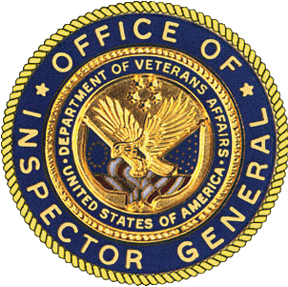Issue Date
Closure Date
Report Number
21-01836-66
District
VA Office
Veterans Health Administration (VHA)
Report Author
Office of Healthcare Inspections
Report Type
Hotline Healthcare Inspection
Report Topic
Mental Health
Patient Safety
Major Management Challenges
Healthcare Services
Leadership and Governance
Recommendations
5
Questioned Costs
$0
Better Use of Funds
$0
Congressionally Mandated
No
